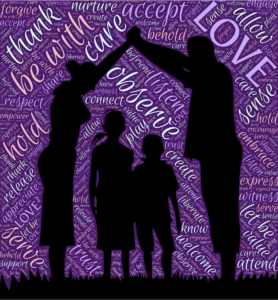Children can challenge anyone’s patients. Whether they just forget to clean their room after you’ve asked them a half dozen times or they weren’t listening. But how do you know if it is simple forgetfulness or their inability to follow directions?
This is part of receptive language, the ability a child has to process information. A professional speech therapist can help determine if their language development is a little behind schedule or they have a speech disorder.
Your child may be struggling with understanding what is being said, when they are confused, it is easy just to ignore the instructions. For instance, without any nonverbal cues, ask your child to “give me your cup”. A child may disregard what you say, repeat the question or even give a nonsensical answer.
Asha describes receptive Language as:
 Language refers to the words we use and how we use them to share ideas and get what we want. Language includes:
Language refers to the words we use and how we use them to share ideas and get what we want. Language includes:
What words mean. Some words have more than one meaning. For example, “star” can be a bright object in the sky or someone famous.
How to make new words. For example, we can say “friend,” “friendly,” or “unfriendly” and mean something different.
How to put words together. For example, in English we say, “Peg walked to the new store” instead of “Peg walk store new.”
What we should say at different times. For example, we might be polite and say, “Would you mind moving your foot?” But, if the person does not move, we may say, “Get off my foot!”
Speech therapy can help improve receptive language
First Words Speech Therapy provides individualized therapy for a variety of speech, language, and occupational needs. Therapy plans and schedules are determined after an initial evaluation takes place. Therapy visits include one-on-one treatment, followed by parent consultation for carryover of activities in the home.
Improve receptive language skills at home
If your child is struggling to understand what you are saying, try using simpler words, shorter sentences and phrases. Using new vocabulary words or complex sentences may just confuse them more.
Using nonverbal cues can help associate the word with its meaning. Point to an object or hold it up and talk about it. When your child is playing with a toy, say something about it.


